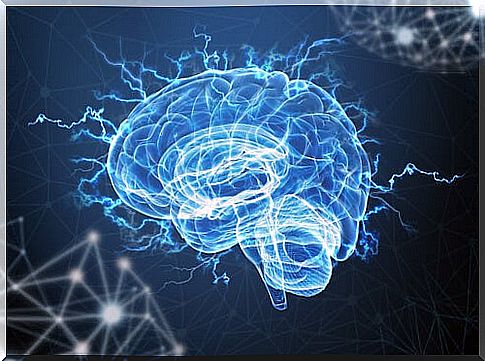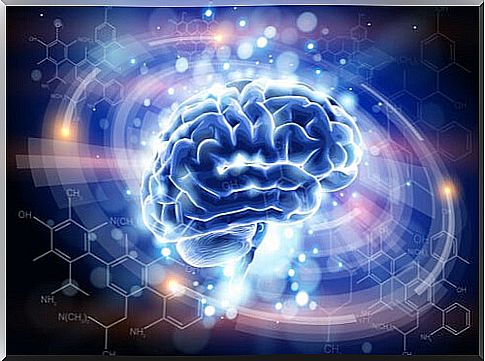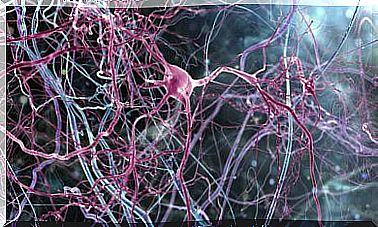Neuroplasticity And Post-traumatic Stress: Can The Brain Overcome Trauma?

Traumas are at the base of many emotional and mental problems. It is not uncommon for some people to live their entire lives under the shadow of a traumatic experience and to even transmit it to subsequent generations, through behaviors marked by the post-traumatic stress that derives from them.
The word “trauma” is not always well understood, as it is sometimes downplayed and sometimes magnified. In the first instance, trauma is recognizable on many occasions, precisely through post-traumatic stress. Second, it does not necessarily result in a superlative and devastating experience in the eyes of the world.
What makes an event traumatic is the way each person experiences it in particular and the maladaptive effects it leaves on their life. Sometimes this is caused by a painful event, such as the tragic death of a loved one; other times, it simply arises from seemingly not so serious situations, such as being 6 years old and seeing the father kissing a woman who is not the mother.

Trauma
From what has been said above, it follows that what characterizes trauma is the emotional impact it causes on someone. Sometimes it is triggered by a specific event and other times it arises as a result of a chain of painful events associated with each other.
The central point is that this causes an emotional shock, that is, an experience of absolute bewilderment. It is because the affected person does not find cognitive or emotional tools to understand the situation and incorporate it into their experience. What there is is stupefaction, blockage.
Much of this confusion comes from the fact that trauma is configured in totally surprising situations. The nervous system is not prepared to deal with this fact and, therefore, cannot react to it in an organized and coherent way.
Post traumatic stress
All trauma gives rise to a phenomenon known as post-traumatic stress. The manifestations and the intensity of this depend on the severity of the experience, the overall psychological situation of the person at the time the event occurs, the context in which it has developed and the recurrence of the traumatic experience.
The typical manifestations of post-traumatic stress occur in four areas:
- Repetition of the traumatic event. Through constant recollection, nightmares, hunches and the presence of symptoms of agitation when the event is recalled.
- Avoidance of the event. The subject and everything related to the event is avoided.
- Changes in mental state. Forgetting or suppressing what happened or part of it, feeling detached from reality, apathy, pessimism, inability to experience positive feelings.
- Excitation and reactivity. Insomnia, difficulty controlling anger and concentrating, nervousness, constant fear, hypervigilance to reality.
Neuroplasticity
The trauma not only causes mental effects, but also causes a kind of reset or recalibration of the nervous system. The brain of a traumatized person changes, generating an activation of the alarm system that becomes constant. This will not return to its normal state until a formal intervention is carried out to achieve it. Even sometimes it is never achieved.
Therefore, post-traumatic stress also leaves its mark on the brain. Advances in neuroscience have made it possible to establish that the brain is plastic, that is, that it is modified by specific stimuli. Experts in this area point out that just as trauma changes the brain, other experiences can also cause it to regain its normal function.
Neuroplasticity is that ability of the brain to change based on experience. Currently, there are several therapies that are focused on the goal of overcoming post-traumatic stress through interventions aimed at changes in the central nervous system.

Neuroplasticity-based therapies
One of the experts who has studied the subject the most is the Dutch trauma researcher Bessel Van der Kolk. In his opinion, activities such as yoga, therapeutic theater, neurofeedback therapy, experiential psychodrama and therapeutic massages, among others, are very effective in overcoming post-traumatic stress.
Other experts, such as Alain Brunet, a clinical psychologist expert in trauma, perform a treatment that includes four phases: recall (often with simultaneous sedation), detailed writing of the history of the trauma and reading aloud of what is written. Sessions of this style are held once a week, for five weeks.
Surprisingly enough, many people have a trauma and do not know it, or do not want to know it, because they are still overwhelmed by it. It is noted that this traumatic experience is there due to the manifestations of post-traumatic stress. Now we know that you don’t have to live forever with that brand on your mind. Neuroscience is a way out of that maze.









